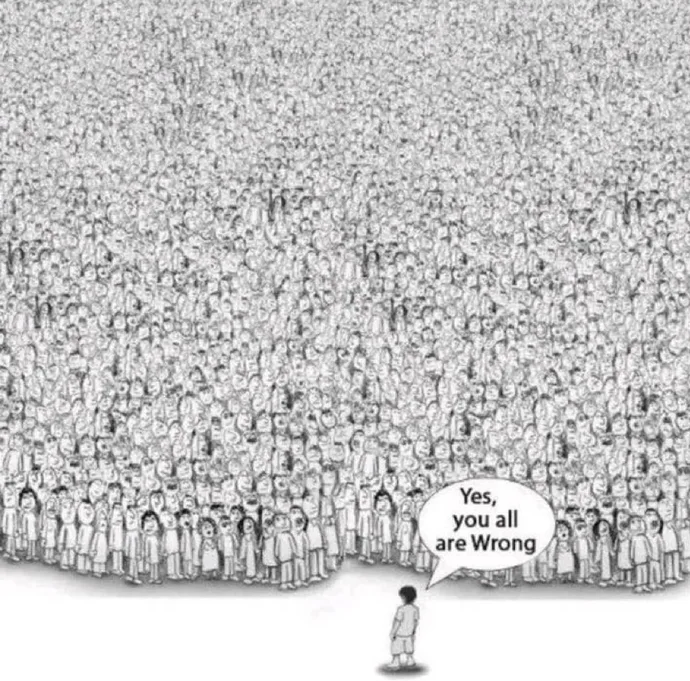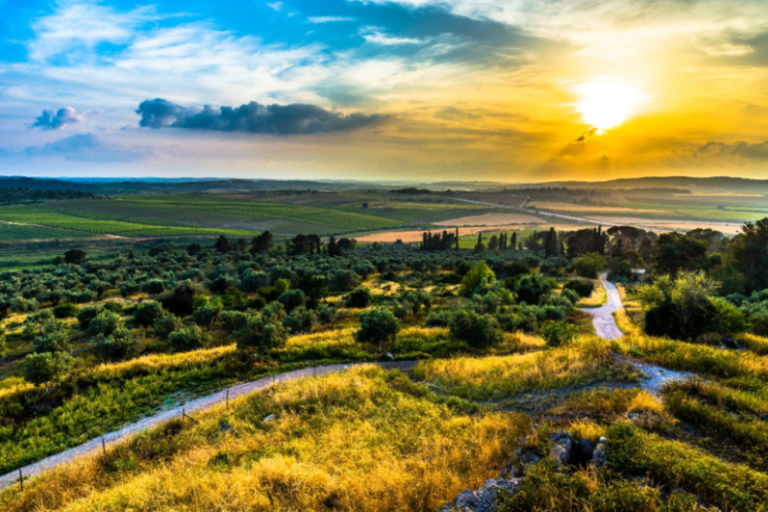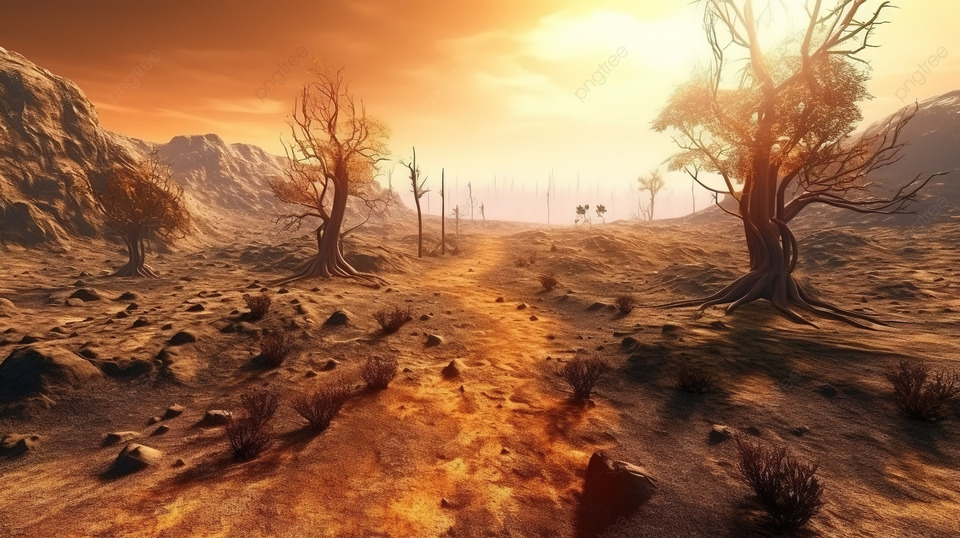The Light of the Tzaddik

A Teaching on Likutei Halachot Orach Chaim Chanukah 2
Many laws exist pertaining to the lighting of the menorah during Chanukah. Let’s focus on just one halachah (Shabbat 21b): אָמַר רָבִינָא מִשּׁוּם דְּרַבָּה: זֹאת אוֹמֶרֶת נֵר חֲנוּכָּה מִצְוָה לְהַנִּיחָהּ בְּתוֹךְ עֲשָׂרָה (Ravina said in the name of Rabbah, ‘This is to say, it is a mitzvah [requirement] to place the Chanukah light within ten [tefachim of the ground]). Although there is a debate about this requirement in the Gemara, it is brought down in the Shulchan Aruch as the optimal approach (Orach Chaim 671:6): מניחו למעלה מג' טפחים ומצוה להניחו למטה מעשרה טפחים ואם הניחו למעלה מעשרה טפחים יצא אבל אם מניחו למעלה מעשרים אמה לא יצא (One should place the Chanukah light above three tefachim [from the ground], and it is a mitzvah to place it below ten tefachim. If one places it above ten tefachim, he has fulfilled his requirement, but if one placed it above twenty amot he has not fulfilled his requirement).
On the surface, these laws may seem a bit arbitrary: place it here, don’t place it there, and certainly don’t place it way up there! What’s going on? In this article, we will look at the meaning behind placing the Chanukah light below ten but not below three tefachim.
Let us begin with the three tefachim requirement. Lavud [לָבוּד] is an important הֲלָכָה לְמשֶׁה מִסִּינַי [halachah l’Moshe mi’Sinai], a law handed down to the Jewish People directly from Moshe exclusively as part of our oral tradition. It states that gaps with a width less than three tefachim are to be treated as if they do not exist. The law of lavud typically applies to gaps in structures like a picket fence, but it also applies to the distance measured from the ground to an object above the ground. Generally speaking, any object within three tefachim of the ground is considered as if it is not separated from the ground by such a small gap and therefore, is considered as being one with the ground. In other words, the halachah states that the Chanukah light must not be on the ground, i.e. even within three tefachim of the ground. We shall return to this point later.
Now, let us focus on the ten tefachim requirement.What is so special about ten tefachim? Ten tefachim is the minimum height of a legally significant מחיצה [mechitzah], i.e. a partition. And how do we know that ten tefachim is the minimum height of a legally valid mechitzah? The Torah describes the dimensions of the ark of the covenant (Shemot 25:10): וְעָשׂוּ אֲרוֹן עֲצֵי שִׁטִּים אַמָּתַיִם וָחֵצִי אׇרְכּוֹ וְאַמָּה וָחֵצִי רׇחְבּוֹ וְאַמָּה וָחֵצִי קֹמָתוֹ (And make the ark [aron] out of acacia wood: two and a half amot long, one and a half amot wide, and one and a half amot high). And since the amah used for building the vessels of the Mishkan had a length of six tefachim, we can calculate that the aron itself was nine tefachim high. But we have to account for the height of the lid which wasn’t included in the measurement mentioned in the verse. Without going into the details, the Gemara in Succah 5b concludes that even though the Torah did not explicitly state the height of the lid, it was one tefach thick. Therefore, the aron was ten tefachim high. But what does this have to do with a mechitzah?
We know that when the Shechinah [שכינה, Divine Presence] descended and Hashem communicated directly with Moshe from within the partition, it rested upon the aron between the two keruvim (see Shemot 40:34-35). As a result, the Shechinah never descended below the height of ten tefachim, as the Gemara explicitly states (Succah 5a): וְתַנְיָא רַבִּי יוֹסֵי אוֹמֵר מֵעוֹלָם לֹא יָרְדָה שְׁכִינָה לְמַטָּה (And it was taught in a Baraita: R' Yose says, ‘The Shechinah has never descended below [into the exclusive domain of mankind, i.e. below ten tefachim]). This teaches us that a separate domain begins at the height of ten tefachim from the ground, a domain where the Divine Presence can be experienced. Below ten tefachim, however, is the exclusive domain of mankind, a place devoid of Divine light. Thus, ten tefachim became the minimum height of a legally significant mechitzah in all areas of halachah.
The Chanukah light, the light of the holy menorah which burned miraculously for eight days, represents the Shechinah—specifically, the Divine light of Torah, emanating down to us in this earthly realm from the upper worlds. But if the Shechinah has never descended below ten tefachim, how can we place the Chanukah light below ten tefachim? It doesn’t seem to make much sense.
Zecharyah ha-Navi was given a vision about a golden menorah. Relating to these words (Zecharyah 4:2): וְשִׁבְעָה נֵרֹתֶיהָ עָלֶיהָ שִׁבְעָה וְשִׁבְעָה מוּצָקוֹת לַנֵּרוֹת (…and seven lamps upon it, seven, and seven pipes to the lamps…), Rashi provides us with a beautiful chiddush: והמוצקות והנרות ארבעים ותשע היו רמז לאור שלעתיד לבא אור החמה יהיה שבעתים כאור של שבעת ימים ארבעים ותשע על אור של יום בראשית (And the pipes and the lamps are 49, an allusion to the light that will be in the future—the light of the sun will be sevenfold, like the light of the seven days [of creation], 49 times the light of a day of creation). Therefore, each of the seven lamps is actually composed of seven lamps, making 49 lamps (or lights) in total, pointing us back to the hidden light of creation yet to be revealed in the Messianic Age, as stated explicitly in Likutei Moharan 8:8: הֵם מ"ט אוֹרוֹת שֶׁהוּא אוֹר הַגָּנוּז לֶעָתִיד (There are 49 lights: it is the hidden light [ohr ha-ganuz] for the future).
It is explained in Likutei Halachot (Orach Chaim Chanukah 2:2): גַּם נֵר חֲנֻכָּה מְרַמֵּז עַל הָרוּחַ חַיִּים שֶׁל הַצַּדִּיק שֶׁעַל-יְדֵי זֶה מִתְגַּבְּרִין כְּנֶגְדָּם אִם הוּא צַדִּיק גָּמוּר (The Chanukah light also alludes to the breath of life of the Tzaddik, through which we can defeat them [the forces of evil], if he is a complete Tzaddik). The only way to defeat the forces of evil in this world, whose domain is “below ten tefachim”, where the Shechinah never descends, is through the Tzaddik, who is the manifestation of Moshe Rabbeinu in each generation (as was, for example, Zerubavel in the days of Zecharyah and Mattityahu the kohen gadol in the days of the Chashmonaim). We read further (O.C. Chanukah 2:1): וְאִי אֶפְשָׁר לַעֲמֹד כְּנֶגְדָּם כִּי אִם עַל-יְדֵי כֹּחַ הַצַּדִּיק כַּנַּ"ל וְזֶה בְּחִינַת נֵר חֲנֻכָּה כִּי הַצַּדִּיק נִקְרָא אוֹר כְּמוֹ שֶׁכָּתוּב אִמְרוּ צַדִּיק כִּי טוֹב וְאֵין טוֹב אֶלָּא אוֹר כְּמוֹ שֶׁכָּתוּב וַיַּרְא אֱלֹקִים אֶת הָאוֹר כִּי טוֹב כִּי זֶה הַצַּדִּיק הוּא טוֹב גָּמוּר כִּי הִפְרִישׁ הָרַע לְגַמְרֵי וְנִשְׁאָר כֻּלּוֹ טוֹב וְעַל-כֵּן נִקְרָא טוֹב דְּהַיְנוּ אוֹר כַּנַּ"ל (It is impossible to stand up against them except through the power of the Tzaddik, and this alludes to the Chanukah light because the Tzaddik is called ‘light’, as it is written [Yeshayah 3:10]: ‘Tell the Tzaddik that he is good.’ And there is no ‘good’ except ‘light’, as it is written [Bereshit 1:4]: ‘And G-d saw the light that it is good’, for the Tzaddik is completely good because he separated the evil completely and he remains, completely good; therefore, he is called ‘good’, i.e. ‘light’).
We now can understand the astonishing truth why we should place the Chanukah light below ten tefachim (O.C. Chanukah 2:1): וְזֶה בְּחִינַת נֵר חֲנֻכָּה שֶׁאָנוּ מַמְשִׁיכִין וּמְקַבְּלִין כֹּחַ הַצַּדִּיק שֶׁנִּקְרָא אוֹר… עַל-יְדֵי זֶה אָנוּ יְכוֹלִין לַעֲמֹד כְּנֶגֶד מַלְכוּת הָרְשָׁעָה כַּנַּ"ל כִּי אִי אֶפְשָׁר לַעֲמֹד כְּנֶגְדָּם כִּי אִם עַל-יְדֵי בְּחִינַת כֻּלּוֹ טוֹב בְּחִינַת צַדִּיק גָּמוּר כַּנַּ"ל כִּי צְרִיכִין לֵירֵד לְתוֹךְ הָרַע שֶׁלָּהֶם לְשַׁבְּרוֹ וּלְהַשְׁפִּילוֹ כַּנַּ"ל. וְזֶה בְּחִינַת מִצְוַת נֵר חֲנֻכָּה לְמַטָּה מֵעֲשָׂרָה טְפָחִים…כִּי עִקַּר אֲחִיזַת הַסִּטְרָא אָחֳרָא הוּא לְמַטָּה מִיּוּד כִּי מֵעוֹלָם לֹא יָרְדָה שְׁכִינָה לְמַטָּה מֵעֲשָׂרָה (This corresponds to the Chanukah light, that we must draw down and receive the power of the Tzaddik that is called ‘light’…through this we can stand up against the kingdom of the wicked, for it is impossible to stand against them except through the aspect of ‘completely good’, in the aspect of the complete Tzaddik, for we must descend to the midst of the evil to break it and to subdue it. And this corresponds to the mitzvah of the Chanukah light being below ten tefachim…for the essence of the power of the Sitra Achra is below ten, for the Shechinah has never descended below ten tefachim).
To summarize, the Chanukah light symbolizes the Tzaddik—specifically, his Torah, his breath. He alone is the one capable of descending below ten tefachim in order to illuminate the dark places of the world, breaking the power of the evil forces that rule there, and rescuing those of us who descended and became imprisoned there.
This explains why the Chanukah light should be placed between three and ten tefachim, a space that can be divided neatly into seven one-tefach zones. The Tzaddik is able to descend through these seven levels and rise again, as it is written (Mishlei 24:16): כִּי שֶׁבַע יִפּוֹל צַדִּיק וָקָם וּרְשָׁעִים יִכָּשְׁלוּ בְרָעָה (The Tzaddik falls seven and rises, but the wicked stumble in evil). Most have understood this verse as praise to the resilience of a righteous man, i.e. that he is able to fall many times and yet, able to keep getting up each time. We find two issues with this interpretation. First, he can’t be much of a tzaddik if he keeps falling over and over again. It is certainly a good character trait to keep getting up when one falls, but that quality is more a characteristic of a baal teshuvah than a complete tzaddik. Second, the verse doesn’t say anything about ‘seven times’; it just says ‘seven’. The question we should ask is: To which ‘seven’ is the verse referring? In light of what we have learned above, they correspond to the seven levels, i.e. the seven names, of hell that we can, G-d forbid, descend into through our sins, as stated in the Gemara (Eruvin 19a): אָמַר רַבִּי יְהוֹשֻׁעַ בֶּן לֵוִי: שִׁבְעָה שֵׁמוֹת יֵשׁ לְגֵיהִנָּם וְאֵלּוּ הֵן: שְׁאוֹל וַאֲבַדּוֹן וּבְאֵר שַׁחַת וּבוֹר שָׁאוֹן וְטִיט הַיָּוֵן וְצַלְמָוֶת וְאֶרֶץ הַתַּחְתִּית (R' Yehoshua ben Levi said, Gehinnom has seven names, and they are: grave, annihilation, well of destruction, pit of turbulent water, muddy clay, shadow of death, and the underworld). Each of the seven tefachim between ten and three correspond to one of the names of hell ruled over by the forces of the Sitra Achra. These are the seven realms that the Tzaddik descends into in order to defeat those powers that hold sway there. And the seven levels of hell correspond to the seven levels of heaven into which he ascends (with us) after having rescued us (Chagigah 12a): רֵישׁ לָקִישׁ אָמַר: שִׁבְעָה וְאֵלּוּ הֵן וִילוֹן רָקִיעַ שְׁחָקִים זְבוּל מָעוֹן מָכוֹן עֲרָבוֹת (Reish Lakish said there are seven: curtain, firmament, heights, abode, habitation, dwelling place and skies). The names for hell and for heaven are not really suitable for translation: we have suggested some here only for the sake of the English reader. (Those who wish to study further these topics of the seven levels of hell and the seven levels of heaven are encouraged to do so, but we won’t go into them here since they are not the focus of this article.)
To summarize, the unique Tzaddik of each generation who corresponds to Moshe Rabbeinu, the one in whom the Shechinah dwells (see Rashi to Shemot 33:7, Midrash Tanchuma Ki Tisa 27:4, and Dodi Yarad le’Gano which concludes Tikkun Leah for more proof of this idea), descends through the seven levels of hell (represented by the Chanukah light being placed optimally between ten and three tefachim, only to ascend again, but this time with those once trapped there. So why can’t we place the Chanukah light on the ground? Because that is the ultimate place for the wicked, and sadly, no amount of supernal light of Torah does them any good, as it is written (Tehillim 147:6): מְעוֹדֵד עֲנָוִים יְיָ מַשְׁפִּיל רְשָׁעִים עֲדֵי־אָרֶץ (Hashem encourages the humble and lowers the wicked to the ground).






